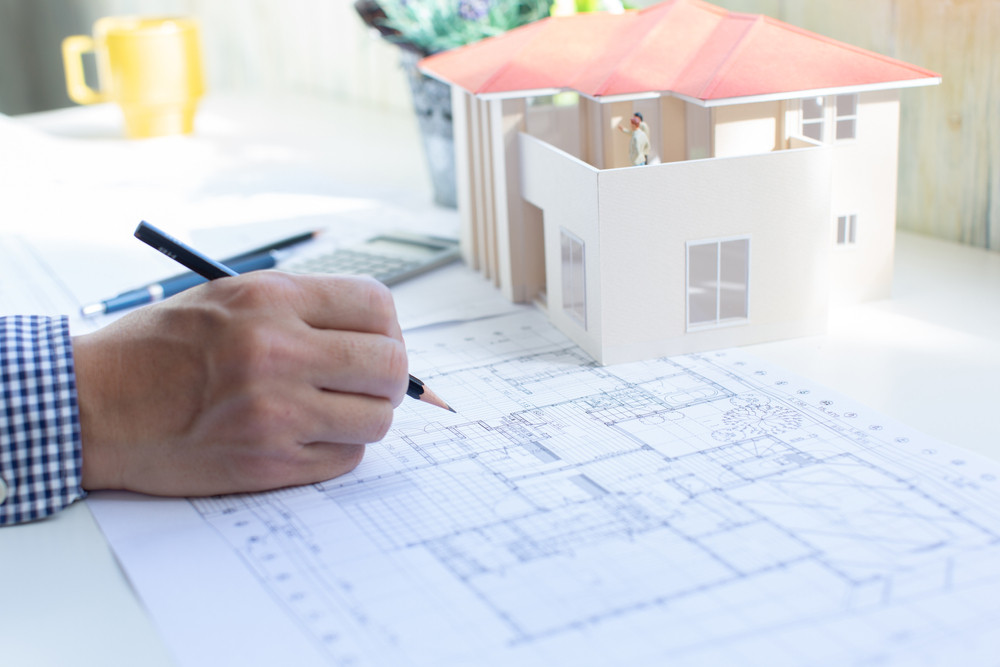The Influence of Technological Innovations on the Style Practices of Contemporary Architects
The quick development of technological tools has dramatically improved the layout landscape for contemporary architects, cultivating unmatched levels of innovation and sustainability. Discovering these characteristics discloses a nuanced interplay between innovation and conventional style approaches, motivating a closer assessment of what the future holds for architectural methods.
Evolution of Architectural Equipment
How have building tools transformed the layout and building and construction processes over the centuries? The advancement of architectural devices has actually considerably affected the effectiveness, precision, and creativity of design and construction.
With the advent of the Renaissance, the intro of the compass and the protractor marked a crucial shift. These devices allowed designers to attain better accuracy in their designs, facilitating the introduction of even more detailed and in proportion structures. The Industrial Revolution even more changed architectural experiment the intro of mechanized devices and products, permitting bigger and a lot more ambitious tasks.
In the 20th century, the growth of computer-aided style (CAD) software application changed the landscape once again, giving designers with unprecedented capacities in modeling and visualization. Today, progressed tools such as Structure Information Modeling (BIM) and parametric style software program continue to push the boundaries of building technology, enabling an extra incorporated method to layout and building processes.
Enhanced Collaboration in Layout
As innovation remains to progress, enhanced partnership in style has actually come to be a cornerstone of modern-day building practice. The assimilation of digital tools such as Structure Details Modeling (BIM), cloud-based platforms, and progressed visualization software has changed the means engineers, designers, and stakeholders engage throughout the layout process. These devices assist in real-time interaction, enabling groups to share ideas, adjustments, and responses quickly, despite geographical location.

Furthermore, interdisciplinary collaboration has actually been streamlined with these technological advancements, enabling architects to function more very closely with various other experts, such as urban organizers and ecological specialists. The result is a more cohesive technique to develop that thinks about numerous viewpoints and experience. Ultimately, boosted partnership in design is not just a trend; it is crucial for creating innovative, functional, and visually pleasing architecture in a significantly complicated globe.
Sustainability Through Modern Technology
Sustainability in architecture has actually increasingly ended up being intertwined with technological development, driving the industry toward ecologically accountable techniques - cda architects. Contemporary architects are leveraging sophisticated technologies to minimize ecological effect while improving the performance of structures. One popular example is the usage of Building Info Modeling (BIM), which permits specific planning and source allowance, decreasing waste during construction and advertising power performance throughout a building's lifecycle
Additionally, wise products and energy-efficient systems are being integrated right into designs to maximize resource usage. Technologies such as solar cells and environment-friendly roof covering systems harness renewable resource sources, contributing to reduced carbon footprints. Furthermore, the application of expert system in style procedures allows architects to imitate and evaluate energy consumption, leading decisions towards more lasting end results.
The assimilation of lasting innovations not only aligns with worldwide ecological objectives but likewise fulfills a boosting need from consumers for green services. As engineers embrace these developments, the emphasis changes towards developing rooms that are not just aesthetically pleasing however likewise functionally sustainable, therefore redefining the requirements of contemporary design. This way, innovation works as blog here a stimulant for sustainability, allowing designers to create structures that respect and boost the natural atmosphere.
Obstacles in Application
While technological advancements in style hold wonderful guarantee for enhancing sustainability, their application typically runs into considerable obstacles - cda architects. One key barrier is the steep discovering curve related to new innovations. Architects and building specialists may need considerable training to successfully use advanced software application and tools, which can postpone project timelines and raise prices
Furthermore, the assimilation of emerging modern technologies, such as Building Information Modeling Click This Link (BIM) and sustainable materials, often requires cooperation across multidisciplinary teams. This partnership can be prevented by differences in experience, workflows, and communication styles, leading to possible problems and inadequacies.
Financial constraints additionally make complex the fostering of ingenious modern technologies. Many architectural companies, especially smaller sized ones, may lack the resources to buy sophisticated tools, limiting their ability to take on larger companies that can afford such investments.
Moreover, regulatory frameworks and building regulations may not maintain pace with technological developments, developing uncertainty and possible compliance problems. This difficulty can discourage architects from completely welcoming brand-new technologies, as the risk of non-compliance might surpass the advantages. Attending to these application challenges is critical for the successful integration of technical innovations in modern architectural methods.
Future Trends in Style
The challenges related to the application of brand-new innovations in architecture have motivated a reevaluation of future trends within the industry. As engineers browse concerns such as sustainability, urbanization, and social equity, they are progressively adopting cutting-edge innovations to improve layout efficiency and ecological performance.
One popular fad is the combination of fabricated knowledge (AI) in the design procedure. AI devices can assess substantial datasets to notify design decisions, improving both imagination and functionality. Structure Info Modeling (BIM) proceeds to progress, enabling real-time partnership among stakeholders and promoting structured job administration.
Sustainable layout methods are also obtaining energy, with architects concentrating on adaptive reuse and regenerative layout principles that minimize resource intake and waste. The consolidation of clever products and renewable resource resources will additionally enhance the durability of buildings when read the article faced with environment change.

Verdict
Technological developments have actually significantly reshaped building style techniques, promoting improved accuracy, collaboration, and sustainability. The combination of devices such as Building Information Modeling and parametric design software, alongside expert system and clever materials, equips designers to deal with complicated difficulties better. While application may offer specific barriers, the ongoing evolution of these modern technologies promises to drive innovation in architecture. Future trends will likely even more highlight sustainability and performance, inevitably redefining the built atmosphere.
Comments on “Transforming Spaces: The Vision of CDA Architects for Modern Living”